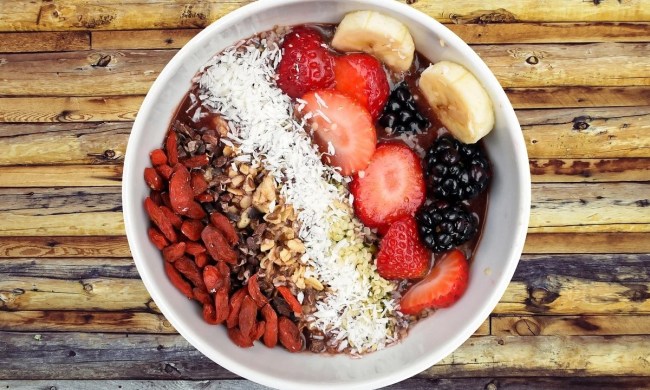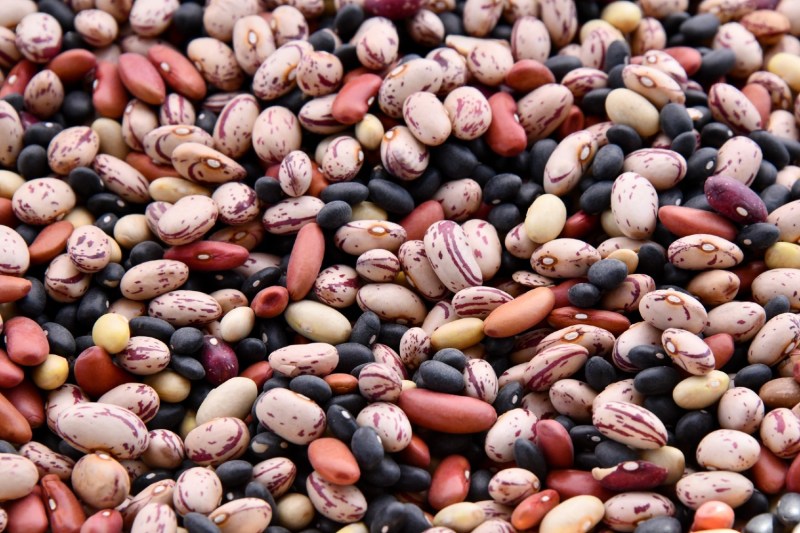
In the quest for a well-balanced and nutritious diet, it is crucial to focus not only on macronutrients like proteins, carbohydrates, and fats but also on essential trace minerals that play vital roles in maintaining our overall health. One such trace mineral that often goes under the radar but deserves our attention is molybdenum.
Molybdenum might not be a nutrient you hear about frequently, but it plays a significant role in various bodily functions. From aiding in enzyme activity to supporting optimal growth and development, molybdenum is a mineral that should not be overlooked.
This piece will explore the benefits and the best sources of molybdenum that you can easily incorporate into your diet. Whether you are looking to support your metabolism or ensure healthy detoxification processes, including molybdenum-rich foods in your meals can be a beneficial step toward enhancing your overall well-being.
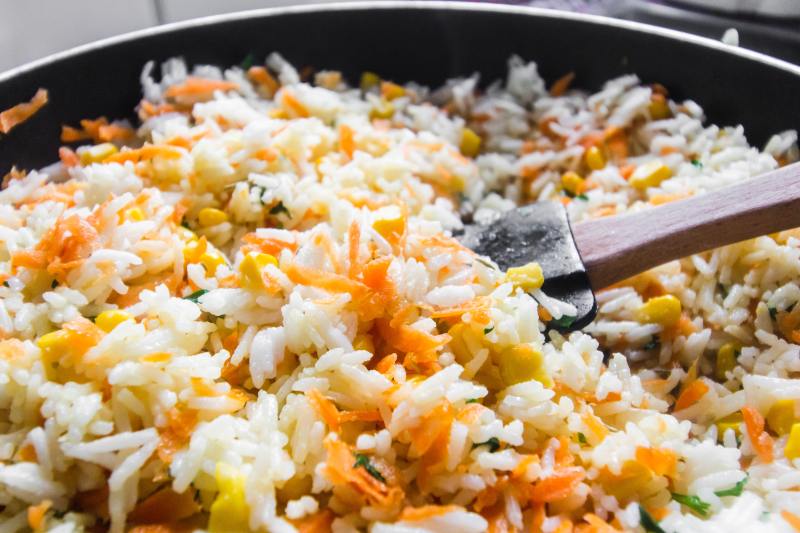
What is molybdenum?
Molybdenum is a trace mineral essential for several body functions. It is found naturally in rocks, soil, water, and plants. It is also present in small amounts in the human body, primarily in the liver, kidneys, and bones. The liver is considered the main storage site for molybdenum.
Within the body, molybdenum is primarily found in the form of molybdate ions (MoO42-). These ions can bind to specific proteins, forming molybdoenzymes. Molybdenum is also an essential component of molybdopterin, a cofactor that is naturally produced by the body and necessary for the proper functioning of enzymes.
It is important to note that the body’s molybdenum content is relatively low compared to other minerals. The exact concentration of molybdenum in different tissues and organs may vary.
While molybdenum is needed for optimal health, it is typically obtained through dietary sources. You can find it in various foods, including legumes, whole grains, leafy green vegetables, nuts, seeds, and organ meats (more on this later).
Molybdenum is vital for breaking down proteins and metabolizing certain amino acids. Additionally, it contributes to the body’s antioxidant defense system and aids in the efficient removal of harmful substances. Adequate molybdenum intake is important to support biological functioning, but it’s worth noting that deficiencies are rare in individuals with a balanced diet.
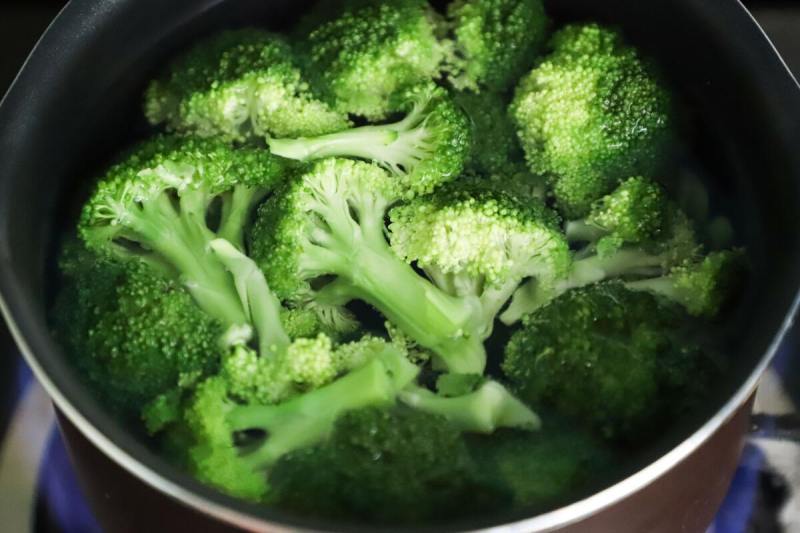
How much do you need daily?
As a trace mineral, the body requires molybdenum in minute amounts.
According to the National Institutes of Health (NIH), molybdenum’s recommended dietary allowance (RDA) varies depending on age and gender. For adults, the RDA is set at 45 micrograms per day. Pregnant and breastfeeding women have slightly higher requirements, with an RDA of 50 micrograms daily.
It is important to note that the average diet typically provides adequate amounts of molybdenum. However, certain medical conditions or specific dietary restrictions may increase the risk of inadequate molybdenum intake. For example, genetic, kidney, and gastrointestinal disorders, such as malabsorption, can lead to molybdenum deficiency.
As always, it is best to consult with a healthcare professional or registered dietitian to determine your specific dietary needs. Now, let’s get to the molybdenum benefits.
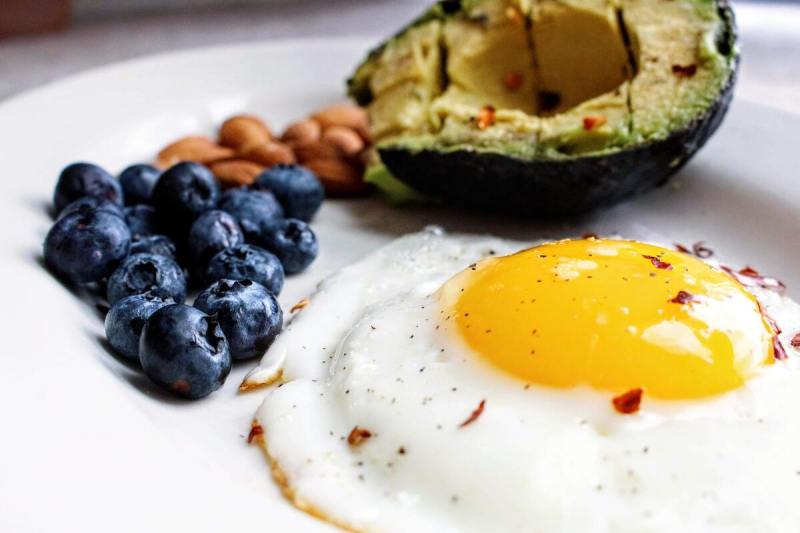
What are the benefits of molybdenum?
Enzyme activity
Molybdenum is a necessary component of several essential enzymes in the body. These enzymes are involved in vital processes, including the breakdown of proteins, the metabolism of certain amino acids, and the conversion of sulfite to sulfate. By facilitating enzyme activity, molybdenum supports proper nutrient utilization and overall metabolic function.
Antioxidant properties
Molybdenum contributes to the body’s antioxidant defense system. It assists in producing an enzyme called sulfite oxidase, which helps neutralize harmful free radicals and reduce oxidative stress. By combating oxidative damage, molybdenum helps maintain cellular health and supports anti-aging processes.
Detoxification
Molybdenum is crucial for efficient detoxification processes in the body. It helps convert toxic substances, such as sulfites and xanthines, into harmless compounds that can be easily eliminated. This detoxification capacity plays a role in protecting against potential harm from ingested or environmental toxins.
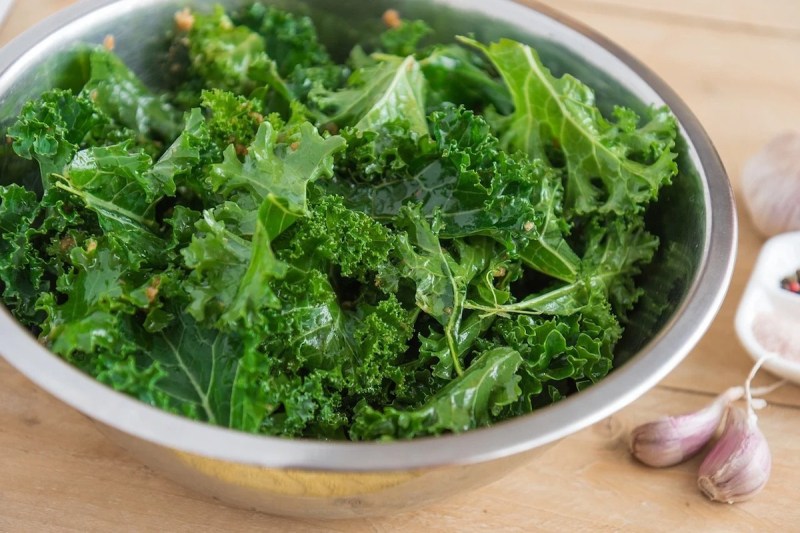
What are the best food sources?
Various food sources can provide this essential mineral when it comes to incorporating molybdenum into your diet. Whether you follow a plant-based diet or prefer animal-derived foods, options are available to suit different dietary preferences. They include the following:
- Legumes: Legumes like lentils, chickpeas, black beans, and lima beans are excellent sources of molybdenum. They provide a good amount of this mineral and offer other essential nutrients and dietary fiber.
- Whole grains: Whole grains and healthy cereals, such as buckwheat, quinoa, oats, and brown rice, contain molybdenum. Including these grains in your meals can contribute to your molybdenum intake while providing a range of other nutrients.
- Leafy green vegetables: Dark leafy greens like spinach, kale, and Swiss chard are not only rich in vitamins and minerals but also contain molybdenum. Adding these nutritious greens to salads, stir-fries, or smoothies can boost your molybdenum levels.
- Cruciferous vegetables: Vegetables from the cruciferous family, including broccoli, cauliflower, Brussels sprouts, and cabbage, are good sources of molybdenum. You can savor these adaptable vegetables by roasting, steaming, or incorporating them into various recipes.
- Nuts and seeds: Some nuts and seeds contain molybdenum. For example, almonds, peanuts, sesame seeds, and sunflower seeds can contribute to your molybdenum intake while providing healthy fats and other beneficial nutrients.
- Organ meats: Organ meats like liver and kidney are rich in molybdenum. However, it’s important to note that organ meats are high in cholesterol, so they should be consumed in moderation and as part of a balanced diet.
- Dairy products: Dairy products like milk and cheese also contain molybdenum. If suitable for your dietary preferences and needs, incorporating these foods can contribute to your molybdenum intake.
It is worth mentioning that the molybdenum content in foods can vary depending on factors such as soil conditions and farming practices. Nevertheless, including a variety of these molybdenum-rich foods in your diet can help ensure an adequate intake of this essential mineral.
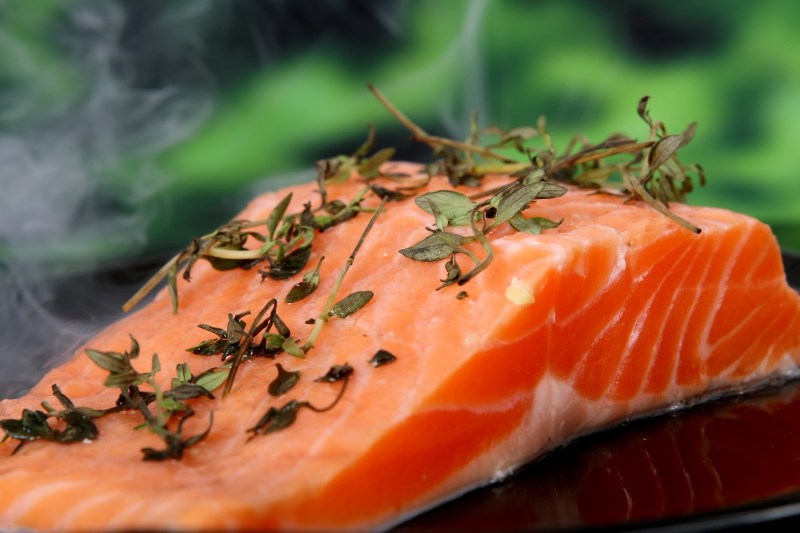
Example of a high-molybdenum meal
Grilled salmon with lentil salad is an example of a high-molybdenum meal that incorporates various food sources. This meal combines grilled salmon, lentils, broccoli, and quinoa to create a well-rounded and flavorful plate. It offers a variety of nutrients, including protein, healthy fats, fiber, and molybdenum, ensuring a balanced and satisfying dining experience.
- Grilled salmon: Salmon is not only a delicious source of protein and omega-3 fatty acids but also contains molybdenum. Grill a fresh salmon filet seasoned with herbs, black pepper, lemon juice, and olive oil for a flavorful and nutritious main dish.
- Lentil salad: Lentils are an excellent source of molybdenum and provide fiber and plant-based protein. Cook a batch of lentils and let them cool. Combine the cooked lentils with diced cucumbers, cherry tomatoes, chopped parsley, and crumbled feta cheese in a bowl. Drizzle the salad with a lemon vinaigrette made from freshly squeezed lemon juice, olive oil, minced garlic, and a pinch of salt and pepper.
- Steamed broccoli: Steam fresh broccoli florets until they are tender-crisp. Broccoli is a cruciferous vegetable that contain molybdenum. It complements the grilled salmon and lentil salad with its vibrant color, texture, and added nutritional benefits.
- Quinoa pilaf: Cook quinoa according to package instructions and sauté it with diced onions, minced garlic, and a mix of colorful bell peppers—season with herbs and spices like cumin, turmeric, and paprika for added flavor. Quinoa is a whole grain that provides molybdenum, making it a great side dish to complete the meal.
Adjust the portion sizes based on your specific dietary needs and preferences, and enjoy.



